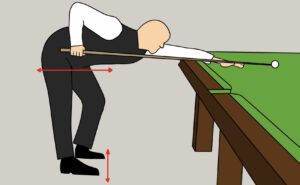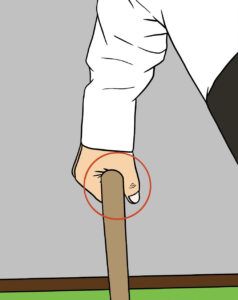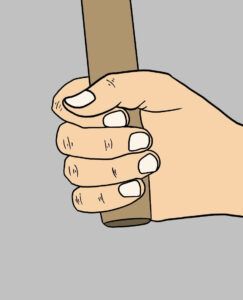Potting Skills
Potting balls is a crucial part of playing snooker. After all, that’s what it’s all about! It is critical in snooker to determine the angle at which the target ball should travel, and then strike it directly on the opposite side of the ball with the white ball to pot the correct ball.
While it may seem easy in theory, to put it into practice can be quite difficult. You must be careful on how much power you use on the cue ball as if you use too much power then the target ball may be thrown offline. If you don’t use enough power, the target ball may not reach the pocket.
Cue Ball Control
Cue ball control is one of the key skills required to play good snooker. When playing snooker, you can’t just concentrate on potting a ball and hope that the cue ball will fall in the right place when your next shot comes.
It takes a little bit of planning and learning to read the game. A good snooker player can play a stop shot, screw back, and follow-on shot.
The stop shot is played as soon as the cue ball touches the object ball. You can use this to place the white ball pretty much exactly where you want it. After all, that’s where the original target ball was. Usually, a stop shot involves hitting the cue ball in the middle. This can depend on how far the target ball is from the cue ball.
A drawback or screw is used to make the cue ball roll backward after contacting the target ball. Drawbacks are played by hitting the ball below the center. You must strike the ball below the center point if you wish to play a drawback.
In general, the lower you strike the ball, the more likely it is to roll back. If you use a little more power when taking your shot, you can make the ball roll back further actually that’s what most players think but it’s actually the cue length you use on the follow-through, not power.
The white ball is made to roll forward after contacting the target ball by a follow-on shot. To play a follow-up shot, strike the white ball above the center point. You might have guessed that the higher the white ball is struck, the further it rolls after contacting the target ball.
Drawing back or following on your shot greatly increases your chances of miscuing your shot and losing the frame. You should practice these types of shots frequently.
Safety
At some point in a match, every snooker player uses safety. Every frame usually begins with a safety shot.
As the name suggests, a safety shot leaves your opponent in a difficult position. When there is no good chance of winning a pot, a player will usually play a safety shot. The reason is that if a player misses a pot in a match, the other player will most likely capitalize on the opportunity.
The risk of losing a frame is high when a pot is missed, so safety is used. One of the best kinds of safety shots is a snooker shot. When the player does not have a direct path from the cue ball to the target ball, this occurs. To hit the target ball, they will often have to use the cushions of the table. As a result, their shot is very challenging and can often lead to a foul, thereby gaining you points.
Obviously, you will also have to learn to take shots to escape difficult situations, such as when playing snooker. This involves judging the bounce that the cue ball will receive from the cushion and the angle at which it must hit the cushion in order to reach the target ball. This takes a lot of practice, and sometimes even the professionals struggle with it.
You will be a confident snooker player if you have good potting skills and good cue ball control, but once you add safety to your game, then you will be successful.
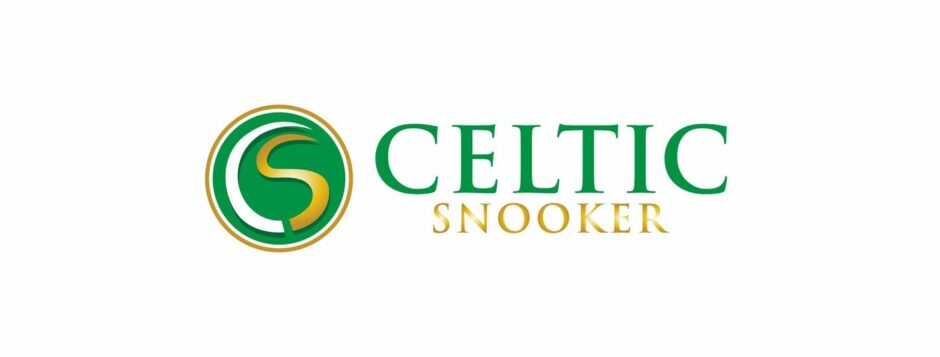
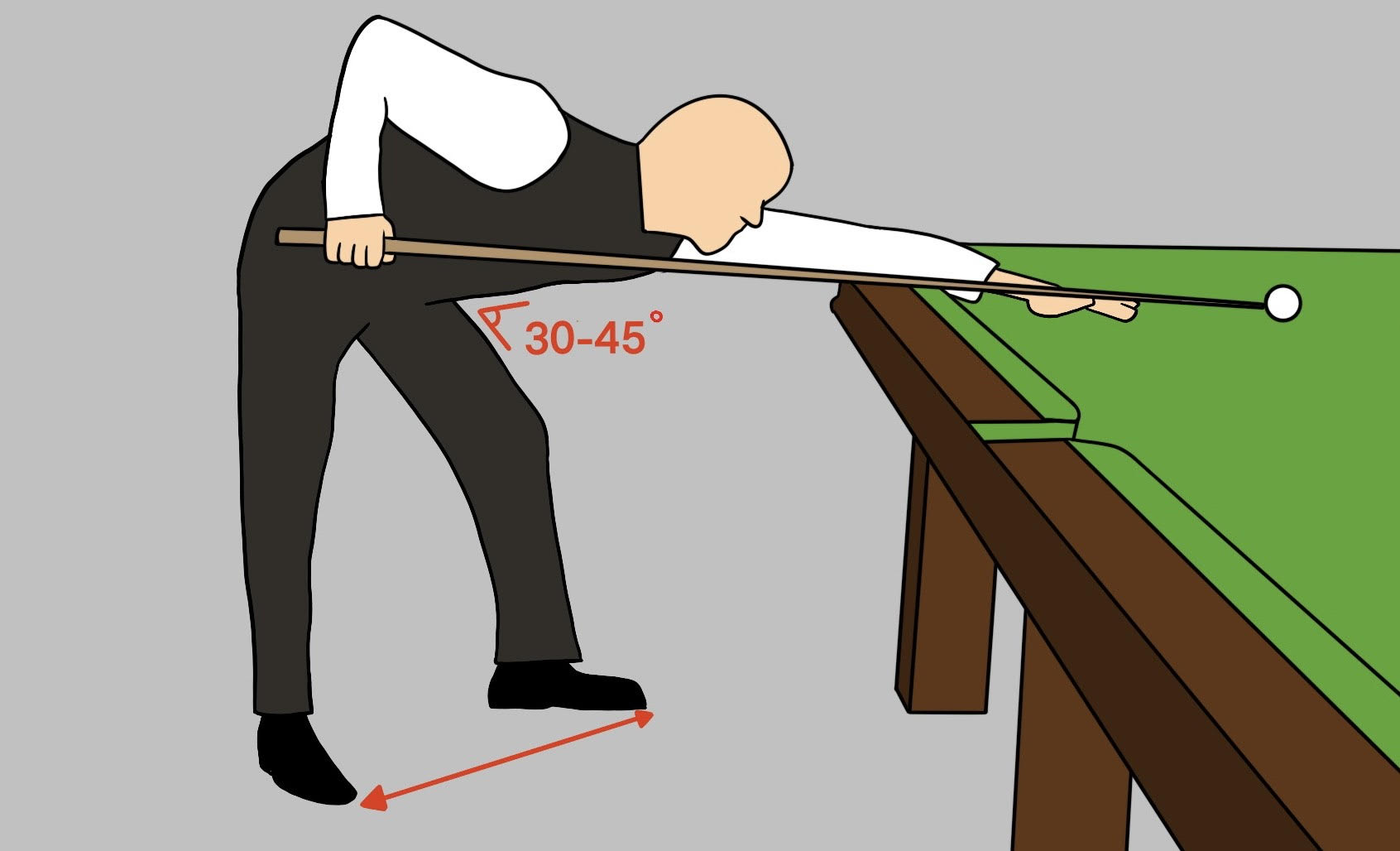 The Closed Stance (The Boxer Stance)
The Closed Stance (The Boxer Stance) 